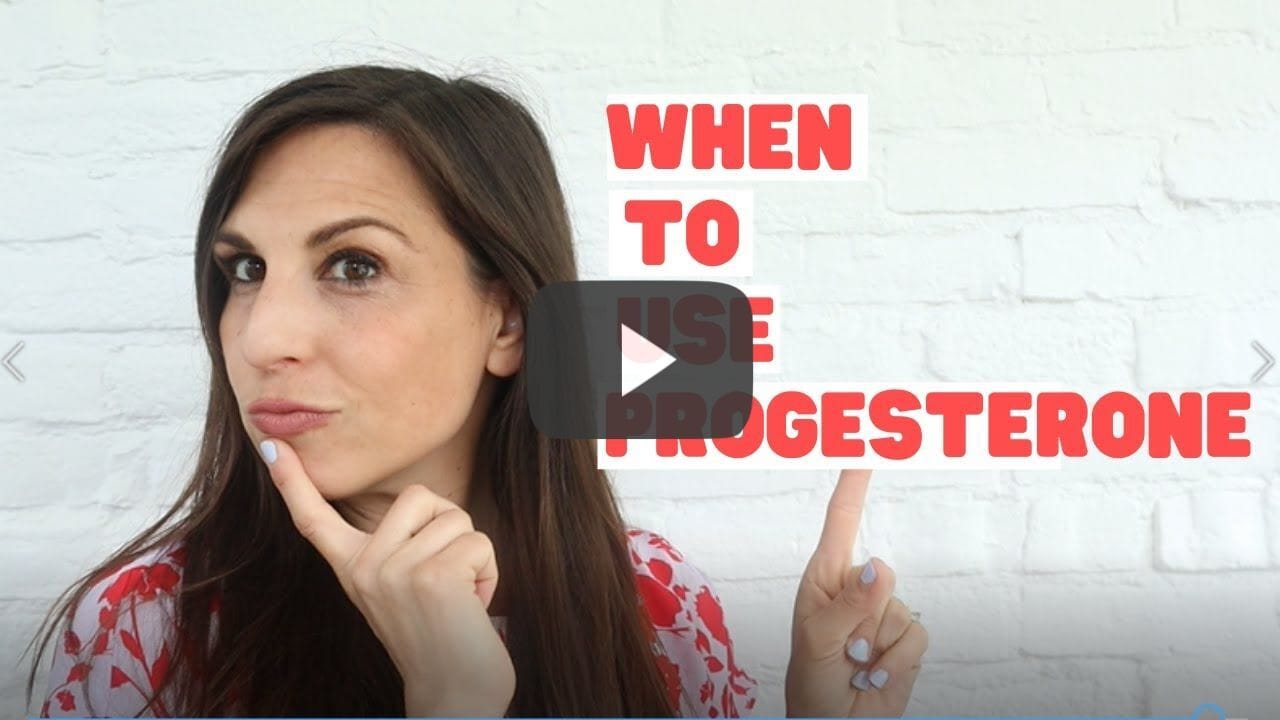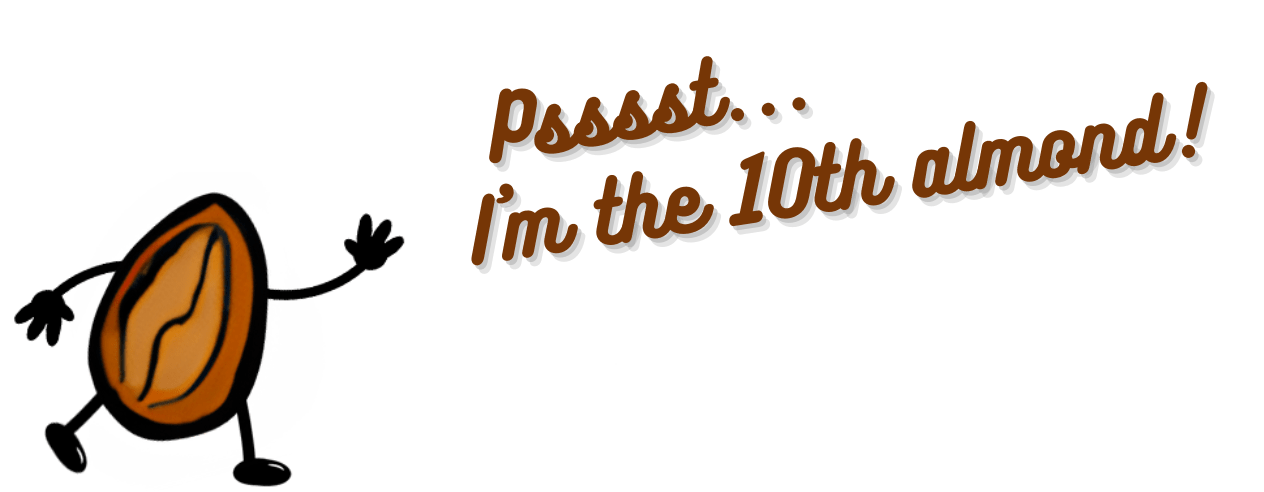What’s your weakest area of health? For example, diet? Exercise? Sleep? Mental health? Something else? Find one thing today that you can do to improve that weakest area, and do it!
In A Rush?
Today’s 30-Second Summary
If you don’t have time to read the whole email today, here are some key takeaways:
Elective cosmetic surgeries are often viewed as a vanity, and a potentially dangerous one
Today’s main feature looks at the evidence for and against their effectiveness at improving health-related quality of life, and assesses whether the benefits outweigh the risks, and for whom.
As we age, our collagen levels tend to get depleted more easily. Collagen is important not just for youthful good looks, but also for the health of bones and joints
Today’s sponsor NativePath are offering high-quality collagen without additives or harmful impurities
Today’s featured recipe is a very heart-healthy and brain healthy rendition of Thai green curry salmon burgers!
Read on to learn more about these things, or click here to visit our archive
A Word To The Wise
Not Today, Cancer!
Exercise, therapy, and diet can all improve life during cancer treatment and boost survival.
Watch and Learn
Progesterone Menopausal HRT: When, Why, And How To Benefit
Prefer text? The above video will take you to a 10almonds page with a text-overview, as well as the video!
Mythbusting Friday
Cosmetic Surgery: What's The Truth?
In Tuesday’s newsletter, we asked you your opinion on elective cosmetic surgeries, and got the above-depicted, below-described, set of responses:

About 48% said “Everyone should be able to get what they want, assuming informed consent”
About 28% said “It can ease discomfort to bring features more in line with normalcy”
15% said “They should be available in the case of extreme disfigurement only”
10% said “No elective cosmetic surgery should ever be performed; needless danger”
Well, there was a clear gradient of responses there! Not so polarizing as we might have expected, but still enough dissent for discussion 🙂
So what does the science say?
The risks of cosmetic surgery outweigh the benefits: True or False?
False, subjectively (but this is important).
You may be wondering: how is science subjective?
And the answer is: the science is not subjective, but people’s cost:worth calculations are. What’s worth it to one person absolutely may not be worth it to another. Which means: for those for whom it wouldn’t be worth it, they are usually the people who will not choose the elective surgery.
Let’s look at some numbers (specifically, regret rates for various surgeries, elective/cosmetic or otherwise):
Regret rate for elective cosmetic surgery in general: 20%
Regret rate for knee replacement (i.e., not cosmetic): 17.1%
Regret rate for hip replacement (i.e., not cosmetic): 4.8%
Regret rate for gender-affirming surgeries (for transgender patients): 1%
So we can see, elective surgeries have an 80–99% satisfaction rate, depending on what they are. In comparison, the two joint replacements we mentioned have a 82.9–95.2% satisfaction rate. Not too dissimilar, taken in aggregate!
In other words: if a person has studied the risks and benefits of a surgery and decides to go ahead, they’re probably going to be happy with the results, and for them, the benefits will have outweighed the risks.
Sources for the above numbers, by the way:
But it’s just a vanity; therapy is what’s needed instead: True or False?
False, generally. True, sometimes. Whatever the reasons for why someone feels the way they do about their appearance—whether their face got burned in a fire or they just have triple-J cups that they’d like reduced, it’s generally something they’ve already done a lot of thinking about. Nevertheless, it does also sometimes happen that it’s a case of someone hoping it’ll be the magical solution, when in reality something else is also needed.
How to know the difference? One factor is whether the surgery is “type change” or “restorative”, and both have their pros and cons.
In “type change” (e.g. rhinoplasty), more psychological adjustment is needed, but when it’s all over, the person has a new nose and, statistically speaking, is usually happy with it.
In “restorative” (e.g. facelift), less psychological adjustment is needed (as it’s just a return to a previous state), so a person will usually be happy quickly, but ultimately it is merely “kicking the can down the road” if the underlying problem is “fear of aging”, for example. In such a case, likely talking therapy would be beneficial—whether in place of, or alongside, cosmetic surgery.
Here’s an interesting paper on that; the sample sizes are small, but the discussion about the ideas at hand is a worthwhile read:
Some people will never be happy no matter how many surgeries they get: True or False?
True! We’re going to refer to the above paper again for this one. In particular, here’s what it said about one group for whom surgeries will not usually be helpful:
❝There is a particular subgroup of people who appear to respond poorly to cosmetic procedures. These are people with the psychiatric disorder known as “body dysmorphic disorder” (BDD). BDD is characterised by a preoccupation with an objectively absent or minimal deformity that causes clinically significant distress or impairment in social, occupational, or other areas of functioning.
For several reasons, it is important to recognise BDD in cosmetic surgery settings:
Firstly, it appears that cosmetic procedures are rarely beneficial for these people. Most patients with BDD who have had a cosmetic procedure report that it was unsatisfactory and did not diminish concerns about their appearance.
Secondly, BDD is a treatable disorder. Serotonin-reuptake inhibitors and cognitive behaviour therapy have been shown to be effective in about two-thirds of patients with BDD❞
Which is a big difference compared to, for example, someone having triple-J breasts that need reducing, or the wrong genitals for their gender, or a face whose features are distinct outliers.
Whether that’s a reason people with BDD shouldn’t be able to get it is an ethical question rather than a scientific one, so we’ll not try to address that with science.
After all, many people (in general) will try to fix their woes with a haircut, a tattoo, or even a new sportscar, and those might sometimes be bad decisions, but they are still the person’s decision to make.
And even so, there can be protectionist laws/regulations that may provide a speed-bump, for example:
Take care!
Our Sponsors Make This Publication Possible
NativePath Collagen
Pop quiz: What’s the body’s most abundant protein?
The answer: Collagen.
NativePath's Certified Grass-Fed Collagen Powder is made from grass-fed, pasture-raised cows and contains 18 grams of protein per suggested serving.
Start incorporating it daily to support skin elasticity, joint health, bone strength, and muscle growth and maintenance.
Please do visit our sponsors—they help keep 10almonds free
This Or That?
Vote on Which is Healthier
Yesterday we asked you to choose between vodka and beer—obviously a “lesser of two evils” choice, but we picked the butter (click here to read about why), as did 49% of you!
Now for today’s choice:
Click on whichever you think is better for you!
Recipes Worth Sharing
Thai Green Curry Salmon Burgers
These lean and healthy burgers are as quick and easy to make as they are good for entertaining. The serving-bed has its nutritional secrets too! All in all, an especially heart-healthy and brain-healthy dish.
Click below for our full recipe, and learn its secrets:
One-Minute Book Review
The Medicinal Chef: Healthy Every Day – by Dale Pinnock
The philosophy here is very much like our own—to borrow from Hippocrates: “let food be thy medicine”. Obviously please do also let medicine be thy medicine if you need it, but the point is that food is a very good starting place for combatting a lot of disease.
To this end, instead of labelling the recipes with such things as “V”, “Ve”, “GF” and suchlike, it assumes we can tell those things from the ingredients lists, and instead labels things per what they are especially good for:
S: skin
J: joints & bones
R: respiratory system
I: immune system
M: metabolic health
N: nervous system and mental health
H: heart and circulation
D: digestive system
U: reproductive & urinary systems
As for the recipes themselves… They’re a lot like the recipes we share here at 10almonds in their healthiness, skill level, and balance of easy-to-find ingredients with the occasional “order it online” items that punch above their weight. In fact, we’ll probably modify some of the recipes for sharing here.
Bottom line: if you’re looking for genuinely healthy recipes that are neither too basic nor too arcane, this book has about 80 of them.
Penny For Your Thoughts?
What did you think of today's newsletter?
May today see you well-prepared for the coming weekend,
The 10almonds Team









